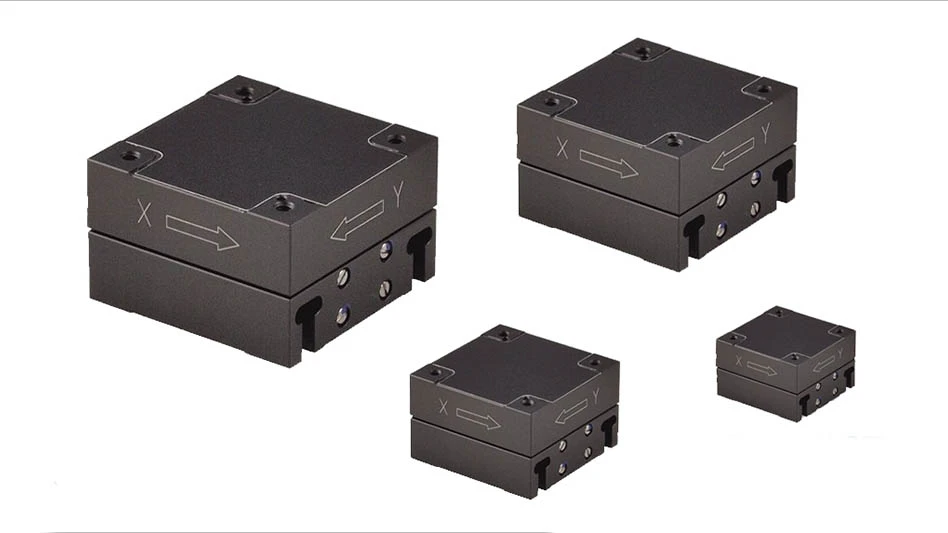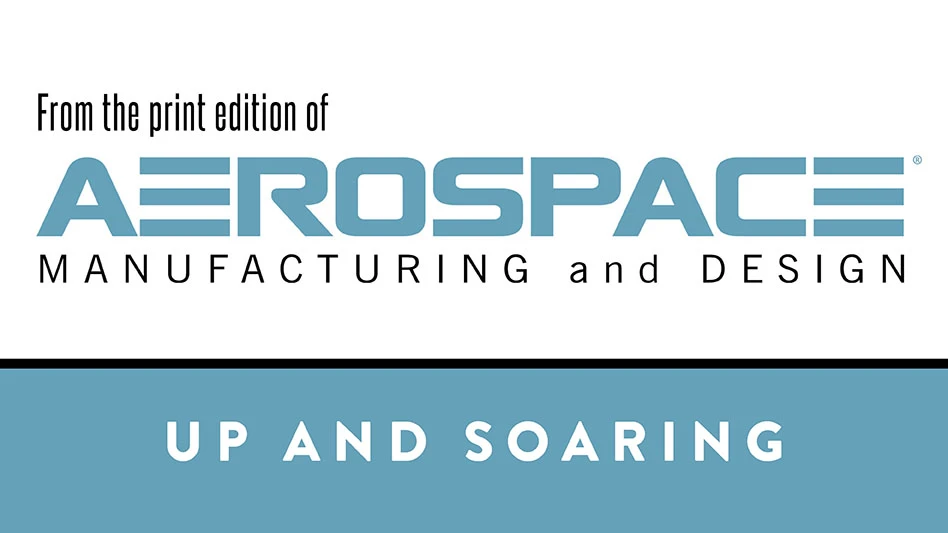
Nashua, New Hampshire-based autonomous vertical takeoff and landing (VTOL) aircraft developer Rotor Technologies completed the first autonomous helicopter flight of its full-scale civilian helicopter. The vehicle flown was an experimental R220Y, based on the Robinson R22 two-seat helicopter, with seats, pilot controls, and the instrument panel removed and all functions of the helicopter automated by Rotor’s technology.
Two R220Ys logged more than 20 hours of flight time and more than 80 hours of engine run-time during the flight campaign. These flights proved Rotor’s flight control systems, autonomous hover and velocity modes, and vision-based perception systems. The campaign also developed the aircraft’s long-distance flight capability through in-flight testing of long-range radio equipment and cellular long-term evolution (LTE) communication links – but all flights were conducted within direct line of sight of a ground control station. Although no pilot was onboard during test flights, the R220Y currently requires a pilot to remotely control the vehicle when the autonomy system isn’t engaged. https://rotor.ai
Dzyne Technologies building manufacturing facility in California

Advanced uncrewed autonomous systems (UAS) provider Dzyne Technologies is building a 125,000ft2 facility in Irvine, California. The new facility will house the firm’s team of engineers, researchers, and manufacturing personnel, and will provide the company with the space and resources it needs to continue developing autonomous defense solutions for U.S. and international customers.
Products include the LEAP and ULTRA Long Endurance Aircraft (LEA), capable of 40+ and 80+ hours of continuous endurance, respectively.
The company subsequently announced a $49 million contract from the Air Force Research Laboratory (AFRL) supporting continued research and development (R&D) of Dzyne’s long-endurance autonomous flight technology. Dzyne has partnered with Department of Defense (DOD) organizations to design and deliver advanced ground- and air-launched Group 1-3 UAS. https://www.afrl.af.mil; https://www.dzynetech.com
AutoFlight unveils autonomous firefighting eVTOL

Global electric vertical takeoff and landing (eVTOL) company AutoFlight launched an autonomous firefighting version with a fully functional prototype. The 2 metric-tons maximum takeoff weight firefighting model is designed to lift a 400kg payload up to 200km at speeds of more than 200km/h.
It can transport four high-performance fire-extinguishing canisters, each weighing 100kg, with the capacity to collectively extinguish fires spanning up to 800m2.
The firefighting model is based on the CarryAll, AutoFlight’s cargo eVTOL, for which Civil Aviation Administration of China (CAAC) certification is expected in early 2024.
“AutoFlight’s prototype has achieved significant breakthroughs in terms of load capacity, flight duration, coverage, flight efficiency, and firefighting effectiveness,” says Kellen Xie, senior vice president, AutoFlight Global Sales & Business Development. The company is seeking to evolve the prototype into a commercial product, including a ground station and supporting systems. https://autoflight.com

Explore the January February 2024 Issue
Check out more from this issue and find your next story to read.
Latest from Aerospace Manufacturing and Design
- Talking machine tools with the professionals who build them
- Tools and strategies for improving your machining processes
- America Makes announces QTIME project call
- Innovation meets precision for 40% faster machining
- Upcoming webinar: Pro tips from a supply chain strategist
- Heart Aerospace relocates to Los Angeles
- Fixtureworks introduces Stablelock Clamps
- Piasecki acquires Kaman's KARGO UAV program





